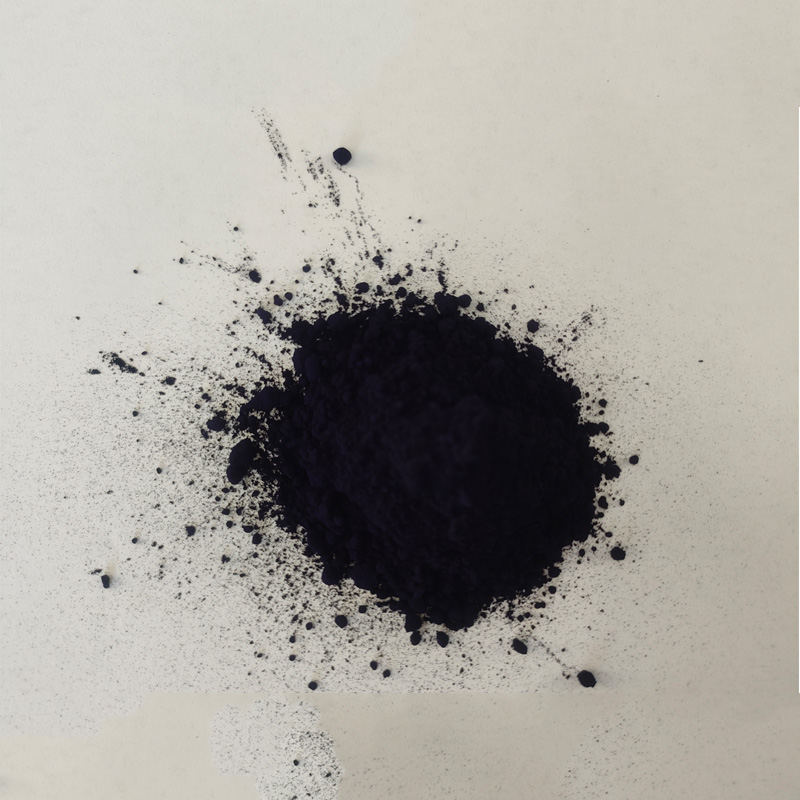Premium Indigo Dye for Superior Quality Fabric and Crafting Solutions
The Art and Science of High-Quality Indigo Dyestuff
Indigo dye, renowned for its deep blue hue, has a rich history that spans thousands of years. From its ancient beginnings in Egypt and Asia to its modern applications in fashion and design, high-quality indigo dyestuff continues to play a pivotal role in dyeing textiles. This article delves into the components, manufacturing processes, and significance of high-quality indigo, shedding light on its impact both historically and today.
Historical Context
The use of indigo dates back to ancient civilizations, where it was initially derived from plants such as *Indigofera tinctoria*. The extraction and fermentation processes employed by artisans of the past highlight the intricate relationship between nature and craftsmanship. Ancient Egyptians, for instance, used indigo to dye fabrics found in tombs, showcasing its value and appeal. Throughout history, indigo became a symbol of wealth and status, influencing trade patterns and even economies in various regions. The introduction of synthetic indigo in the late 19th century marked a significant turning point, enabling mass production while simultaneously challenging traditional methods of indigo processing.
The Science of Indigo Dyestuff
High-quality indigo dyestuff is characterized by its ability to create rich, long-lasting colors that do not fade easily over time. The dyeing process begins with the extraction of the indigo compound, traditionally derived from plants. The leaves of the indigo plant are harvested, soaked, and fermented to produce a pigment known as indigotin. This compound is insoluble in water, requiring a specific reduction process to create a soluble form called leucoindigo. This transformation allows the dye to penetrate the fibers of textiles effectively.
Once the fabric is dyed, it undergoes a re-oxidation process, during which the leucoindigo transforms back into its original form, producing the deep blue color we associate with indigo today. The depth of color achieved during this process depends significantly on the concentration of the dye, the duration of the dyeing process, and the type of fiber used. Cotton, silk, and wool all react differently to indigo, leading to a variety of shades and effects.
Factors Influencing Quality
high quality indigo dyestuff

The quality of indigo dyestuff can be influenced by several factors, including the source of the indigo, the extraction technique, and the dyeing methodology. High-quality indigo is often sourced from regions known for superior plants, such as parts of India, Japan, and West Africa. The cultivation of indigo plants in nutrient-rich soil and favorable climates can enhance the quality of the pigment produced.
Moreover, the expertise of the dyer plays a crucial role in determining the quality of the final product. Traditional methods that involve multiple dye baths often yield richer colors compared to single-bath processes. Additionally, the choice of mordants — chemicals that fix dyes onto fibers — can affect the vibrancy and longevity of the color.
Modern Applications and Sustainability
In recent years, the fashion industry has witnessed a resurgence of interest in high-quality indigo dyestuff, largely driven by a shift towards sustainable practices. Consumers are becoming increasingly aware of the environmental and social implications of their purchases, leading to a demand for natural dyes and locally sourced materials. Artisans and designers are reviving traditional dyeing techniques, which not only preserve cultural heritage but also promote environmentally friendly practices.
Sustainable indigo production often involves organic farming methods that reduce chemical inputs, promoting biodiversity and soil health. Brands that adopt these practices are not only appealing to conscientious consumers but also contributing to a more sustainable future.
Conclusion
High-quality indigo dyestuff represents a blend of art and science, steeped in history and evolving with modern sensibilities. Whether used in fashion, textiles, or art, its deep blue exists as a testament to both cultural significance and ecological awareness. As we navigate the complexities of sustainability in the 21st century, the revival of traditional indigo dyeing practices alongside advancements in green chemistry offers a path toward a vibrant and responsible future for textile production. The journey of indigo, from ancient roots to contemporary practices, underscores the enduring allure of this remarkable natural dye.
-
The Timeless Art of Denim Indigo Dye
NewsJul.01,2025
-
The Rise of Sulfur Dyed Denim
NewsJul.01,2025
-
The Rich Revival of the Best Indigo Dye
NewsJul.01,2025
-
The Enduring Strength of Sulphur Black
NewsJul.01,2025
-
The Ancient Art of Chinese Indigo Dye
NewsJul.01,2025
-
Industry Power of Indigo
NewsJul.01,2025
-
Black Sulfur is Leading the Next Wave
NewsJul.01,2025

Sulphur Black
1.Name: sulphur black; Sulfur Black; Sulphur Black 1;
2.Structure formula:
3.Molecule formula: C6H4N2O5
4.CAS No.: 1326-82-5
5.HS code: 32041911
6.Product specification:Appearance:black phosphorus flakes; black liquid

Bromo Indigo; Vat Bromo-Indigo; C.I.Vat Blue 5
1.Name: Bromo indigo; Vat bromo-indigo; C.I.Vat blue 5;
2.Structure formula:
3.Molecule formula: C16H6Br4N2O2
4.CAS No.: 2475-31-2
5.HS code: 3204151000 6.Major usage and instruction: Be mainly used to dye cotton fabrics.

Indigo Blue Vat Blue
1.Name: indigo blue,vat blue 1,
2.Structure formula:
3.Molecule formula: C16H10N2O2
4.. CAS No.: 482-89-3
5.Molecule weight: 262.62
6.HS code: 3204151000
7.Major usage and instruction: Be mainly used to dye cotton fabrics.

